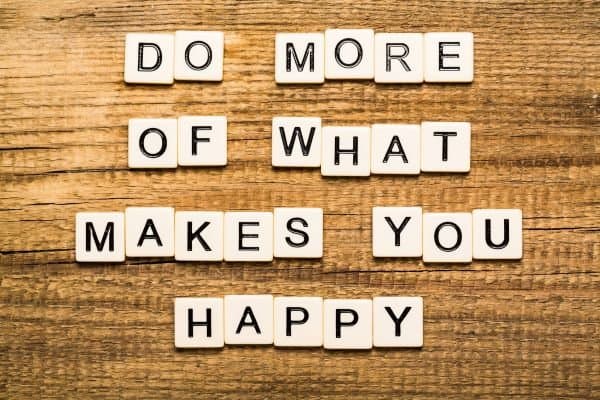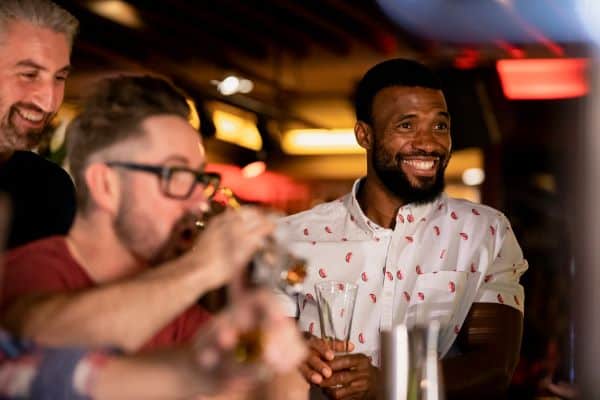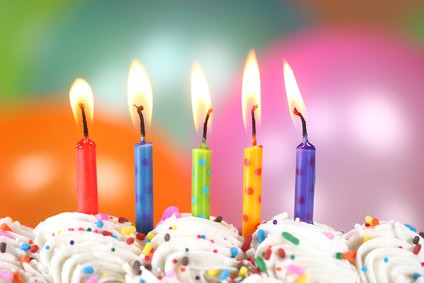At 534 acres, Discovery Park is the largest park in Seattle. Located in the Magnolia neighborhood, the park sits on a bluff overlooking Puget Sound. It is an easy getaway spot in the city with something for everyone. Here you’ll find forests, meadows, sea cliffs, tidal beaches, freshwater streams, and sand dunes, plus a playgrounds and sports courts. The historic West Point lighthouse is a popular visitor attraction.
There are over ten miles of paved and unpaved walking and hiking trails. Trails wind through the forests, along the beach, and some offer stunning views of the Puget Sound. You can even walk from Discovery Park to the Hiram M. Chittendon locks in Ballard. A variety of wildlife and native plants can be found here. Recently a cougar was even spotted in the park!
Listed below are several suggested itineraries and activities to start your personal exploration of this fabulous natural sanctuary in the middle of the city.
Love our cheap ideas? Get our FREE email newsletters.
Choose from daily, weekly, and monthly lists:
About Discovery Park
Prior to 1855, the lands and waters in this location were inhabited for centuries by the Salish peoples. The original name for this place is PKa’dz Eltue (phonically: pa-uq-dz-al-tsu) meaning “thrust far out” (a map of Magnolia Bluff makes the name immediately obvious). Ancestors of the Duwamish, Suquamish, Tulalip, and Muckleshoot nations met here to trade goods, share stories, gather seafood, hunt game, and many other activities.
The 1855 Treaty of Point Elliot forced removal of Native Americans to reservations. Subsequently, the park became Fort Lawton U.S. Army post, used through World War I, World War II, and the Korean War. In 1974 it became City of Seattle property, although Fort Lawton remained a post until 2012. Several of the army buildings remain and are used today.
In 1965, when there was a proposal to cede the military land to the City of Seattle, the United Indians People’s Council cited rights under the 1865 US-Indian treaties, which promised “the reversion of surplus military land to their original landowners.”
In 1970, a nonviolent demonstration, led by Bernie Whitebear (Sin Aikst), Bob Satiacum (Puyallup) resulted in a plan for a new park for the greater public, with the United Indians People’s Council receiving a 99-year lease for 20 acres of the surplus military land. In 1977, the Daybreak Star Indian Cultural Center was completed.
Today, federally recognized indigenous nations play a vital role in the management of natural resources in the park for both native and non-native Americans. A 1986 master plan helps protect the natural environment while maintaining the park.
- Location: 3801 Discovery Park Blvd., Seattle, WA 98199
- Park Hours: Daily 4 a.m. – 11:30 p.m.
- Visitor Center hours: Tuesday through Saturday, 8:30am – 5pm.
- Boating access: 100-feet of shoreline north or south of the West Point Lighthouse
- Website: Discovery Park – Parks | seattle.gov
Discovery Park Itineraries and Activities
Visit Daybreak Star Indian Cultural Center
The Daybreak Star Indian Cultural Center and Sacred Circle Gallery & Gift Shop are located within Discovery Park. Follow signs as you enter the park to the Center’s parking lot. The modern building incorporates elements of traditional Northwest Native architecture. The center and gallery are open daily, and admission is free; donations are requested.
The Cultural Center hosts Native American cultural activities and events, including Native American Arts & Crafts markets throughout the year, and the United Indians’ Seafair Indian Days Powwow in July on the Powwow Grounds adjacent to the Center. Meeting and event spaces are available to rent.
The Sacred Circle Gallery & Gift Shop features permanent and rotating exhibits of contemporary and traditional works by a wide range of local and internationally recognized Native American artists. The gift shop offers Native American original art, as well as books, clothing, home goods, and other items for sale.
Finally, the center provides educational, cultural and social services to reconnect Indigenous people in the Puget Sound region to their heritage by strengthening their sense of belonging and significance as Native people.
More info: Visit Daybreak Star Indian Cultural Center | United Indians and Sacred Circle Gallery | United Indians

West Point (aka PKa’dz Eltue) lighthouse at Discovery Park beach – Depositphotos.com
Explore opportunities at the Visitor Center
The Discovery Park Environmental Learning & Visitor Center is a great place if you want to enhance your knowledge of the park and surrounding environment. Stop in for guidance in finding your way around the expansive park, getting to the beach or lighthouse, and other information. Restrooms are available.
The award-winning center also offers rental spaces, volunteer opportunities, and hands-on learning opportunities for kids, and seasonal classes and workshops for adults (advance registration required). Outside the center is a grassy area perfect for picnicking.
More info: Discovery Park Environmental Learning & Visitor Center – Parks | seattle.gov
Walk the WTA Discovery Park Highlands Loop Trail
This Washington Trails Association (WTA) loop trail is 2.8 miles. It is the most popular walk in the park and will get you a little bit of time in the forest along with panoramic views of Puget Sound. Historical information and interpretive signs are found throughout the trail.
With a total elevation change of just 140 feet, this is an easy trail for children without intense hill climbs common on many other Seattle trails. Dogs are welcome on a leash, too. Start your walk at the visitor’s center, which has an indoor public restroom.
More info: Discovery Park Loop Trail — Washington Trails Association (wta.org)

Chinook (King) salmon in the viewing window at Ballard Locks fish ladder – Depositphotos.com
Take a self-guided Salmon Bay Walking Tour
The Salmon Bay walking tour is a memorable trip for the entire family. Kids love it. You get a lot of nature time with an urban flair. You can take in the Hiram M. Chittendon locks in Ballard as part of your stroll. The locks provide an opportunity to watch boats go between Lake Washington and Puget Sound.
March through October is salmon spawning season in the Puget Sound region. At Salmon Bay, September and October are the peak months to see salmon. Thousands of fish make their way through this waterway every year. The salmon ladder is a popular visitor attraction with outdoor and underwater viewing areas.
During salmon season the famous ladder is very active with wildlife, attracting a variety of birds, sea lions, seals, and orca whales to the area.
More info: Salmon Bay Walking Tour – Parks | seattle.gov. To enhance you walk, print a map of Salmon Bay before you head out.

The red-breasted nuthatch songbird is common in all seasons at Discovery Park – Depositphotos.com
Enjoy birdwatching in Discovery Park
Discovery Park is home to a staggering 270 species of birds, including eight owl species. It’s a birding spot for all seasons. Woodpeckers, gulls, herons, and chickadees are among the more common birds that visitors can spot in the park. Thrush, brant, and the American tree sparrow are some of the species you may see staying here in winter.
With easy access from Seattle, this is an oasis for birds and people alike. Visitors of all ages and abilities can enjoy birdwatching in Discovery Park.
More info: Discovery Park Birds (PDF)
You might also like:
- Puget Sound lighthouses you can visit for free – Greater Seattle on the Cheap
- Salmon spawning season in Western Washington – Greater Seattle on the Cheap
- Bird Watching in the Puget Sound region – Greater Seattle on the Cheap
- Free apps and online maps for walking tours of Seattle – Greater Seattle on the Cheap
- 30 great park trails for kids in the Puget Sound region – Greater Seattle on the Cheap










